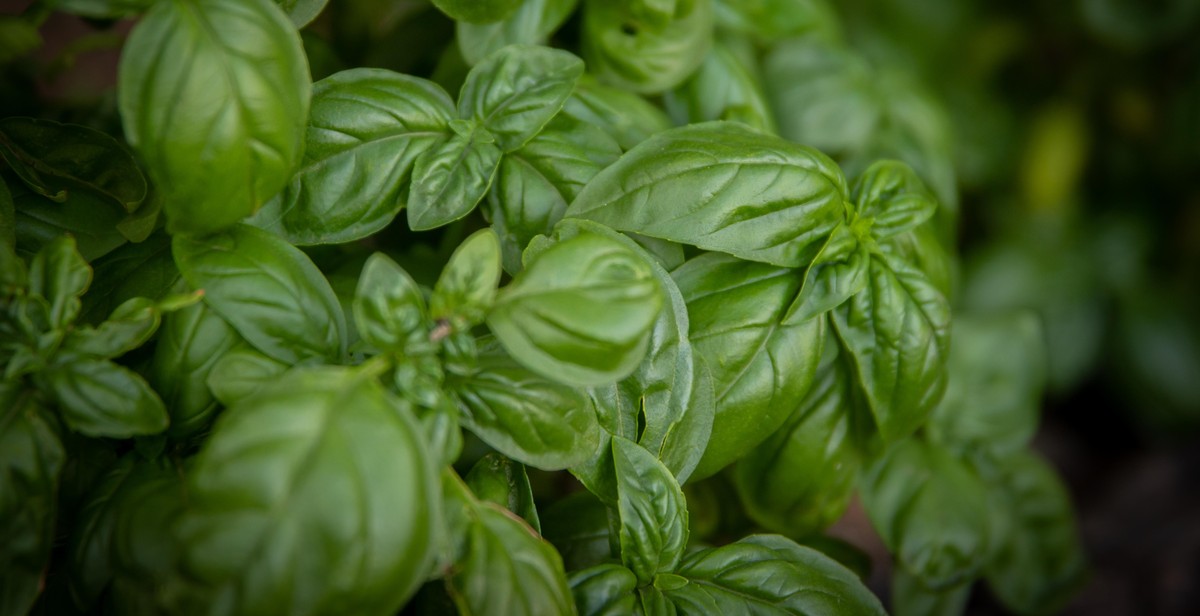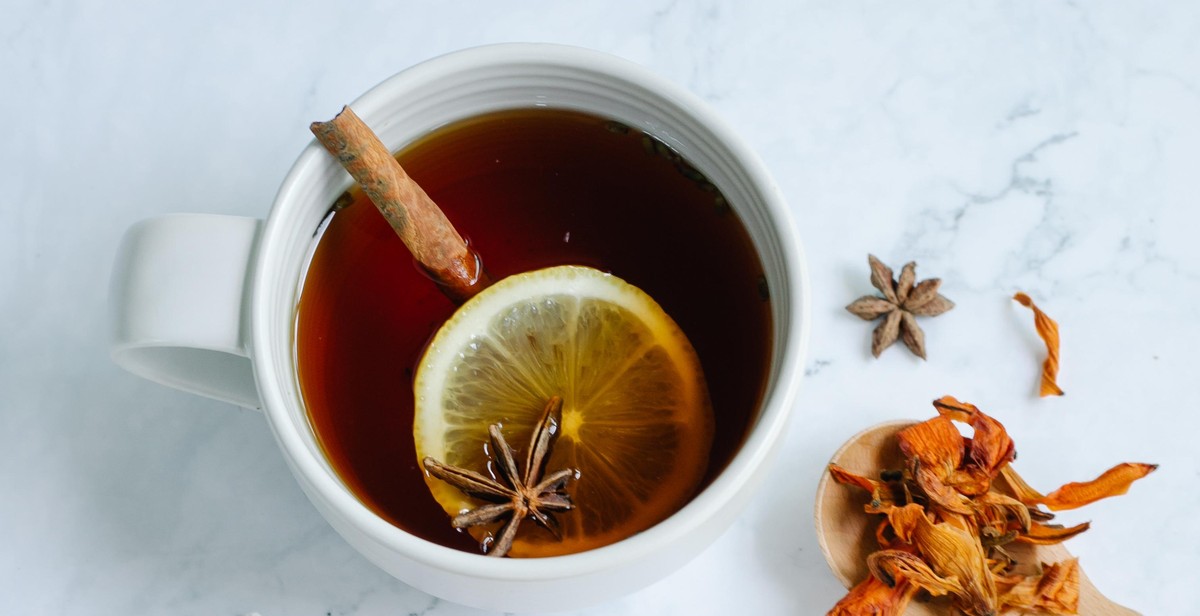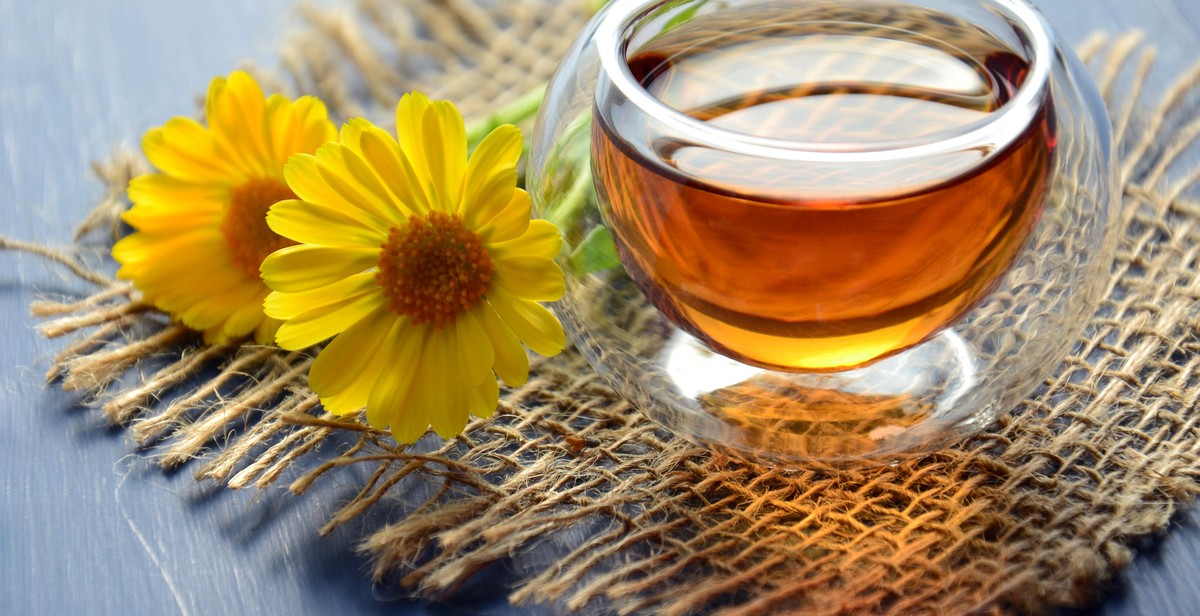How to Grow Fresh Herbs for Tea and Infusions
Drinking tea is an ancient practice that has been enjoyed for centuries. Not only is it a comforting and relaxing ritual, but it also offers numerous health benefits. However, buying tea from the store can be expensive and the quality may not always be consistent. Growing your own fresh herbs for tea and infusions is a great way to ensure that you have access to high-quality ingredients that are free from pesticides and other harmful chemicals.
Choosing the Right Herbs
When it comes to growing herbs for tea, there are numerous options to choose from. Some popular choices include mint, chamomile, lavender, lemon balm, and rosemary. It’s important to choose herbs that are well-suited to your climate and growing conditions. For example, mint and lemon balm thrive in cool, moist environments, while lavender prefers hot, dry climates.
Preparing Your Garden
Before you start planting, it’s important to prepare your garden bed. Herbs prefer well-draining soil and plenty of sunlight. If you’re growing herbs in containers, make sure they have adequate drainage holes and are placed in a sunny location.
Caring for Your Herbs
Herbs are relatively easy to care for, but they do require some attention. Make sure to water them regularly and fertilize them as needed. Prune your herbs regularly to encourage growth and prevent them from becoming too woody.
By following these simple steps, you can easily grow your own fresh herbs for tea and infusions. Not only will you save money, but you’ll also have access to high-quality ingredients that are free from harmful chemicals.

Why Grow Your Own Herbs?
Growing your own herbs has numerous benefits that go beyond having fresh ingredients for your tea and infusions. Here are just a few reasons why you should consider growing your own herbs:
Cost Savings
One of the most compelling reasons to grow your own herbs is the potential for cost savings. Purchasing fresh herbs from the grocery store can be expensive, especially if you need a large quantity. By growing your own herbs, you can save money on your grocery bill and have access to fresh ingredients whenever you need them.
Control Over Quality
When you grow your own herbs, you have complete control over the quality and purity of the herbs. You can ensure that they are grown without the use of harmful pesticides and chemicals, and you can harvest them at their peak freshness. This means that you can enjoy the full flavor and aroma of your herbs without any artificial additives or preservatives.
Control Over Purity
Another benefit of growing your own herbs is the ability to control their purity. Herbs that are purchased from the grocery store may be mixed with other herbs or have other additives that are not listed on the label. By growing your own herbs, you can be sure that you are using pure ingredients in your tea and infusions.
Overall, growing your own herbs is a rewarding experience that can provide you with numerous benefits. Not only can you save money and have control over the quality and purity of your herbs, but you can also enjoy the satisfaction of growing your own food and creating delicious and healthy tea and infusions.

Choosing the Right Herbs
When it comes to growing fresh herbs for tea and infusions, choosing the right herbs is crucial. Here are some factors to consider:
Popular Herbs for Tea and Infusions
Some of the most popular herbs for tea and infusions include:
- Chamomile
- Mint
- Lemon balm
- Lavender
- Rosemary
- Thyme
- Basil
- Sage
These herbs not only add flavor but also have various health benefits.
Consider Your Climate and Growing Conditions
It is important to consider your climate and growing conditions when choosing herbs to grow. Some herbs thrive in hot and dry climates while others prefer cooler and moist conditions. For instance, mint prefers moist soil while rosemary thrives in dry soil. It is also important to consider the amount of sun and shade your herbs will receive as some herbs require more sun than others.
Growing from Seeds or Seedlings
You can either grow your herbs from seeds or seedlings. Growing from seeds is more affordable but requires more time and attention. Seedlings, on the other hand, are more expensive but are easier to care for. When choosing seeds or seedlings, it is important to choose those that are certified organic and non-GMO.
| Option | Pros | Cons |
|---|---|---|
| Seeds | Cheaper, more variety | More time and attention required, higher risk of failure |
| Seedlings | Easier to care for, faster growth | More expensive, limited variety |

Preparing Your Garden
Before you start planting your herbs, it’s important to prepare your garden properly to ensure that your plants thrive. Here are some steps to follow:
Choosing a Location
The first step in preparing your garden is to choose the right location. Most herbs prefer full sun, so look for a spot in your garden that receives at least six hours of direct sunlight each day. If you’re planting in containers, make sure they’re placed in a sunny location as well.
It’s also important to choose a location that has good drainage. Herbs don’t like to have their roots sitting in water, so make sure the area you choose doesn’t become waterlogged after rain or watering.
Preparing the Soil
Once you’ve chosen a location, it’s time to prepare the soil. Herbs prefer well-drained soil that’s rich in organic matter. Start by removing any weeds or debris from the area, then loosen the soil with a garden fork or tiller.
If your soil is heavy or clay-like, you may want to amend it with compost or other organic matter to improve drainage and fertility. Work the compost into the soil to a depth of at least six inches.
Planting Your Herbs
After you’ve prepared the soil, it’s time to plant your herbs. You can start with seedlings or seeds, depending on your preference. If you’re planting in containers, make sure they have drainage holes and fill them with a good quality potting mix.
When planting your herbs, make sure to space them out according to their size and growth habits. Some herbs, like mint, can quickly take over a garden if not planted with enough space. Others, like thyme, prefer to be planted close together.
Water your herbs well after planting, and continue to water them regularly as they establish themselves in your garden. With a little care and attention, your herbs will thrive and provide you with fresh ingredients for tea and infusions.

Caring for Your Herbs
Proper care is essential to ensure that your herbs grow healthy and strong. Here are some tips for caring for your herbs:
Watering and Fertilizing
Herbs need regular watering to thrive, but be careful not to overwater them. Overwatering can lead to root rot and other diseases. Check the soil regularly and water your herbs when the top inch of soil feels dry to the touch. When you water your herbs, make sure to water them deeply, so the water reaches the roots.
Fertilizing your herbs is also important to provide them with the essential nutrients they need to grow. You can use organic fertilizers like compost or manure, or you can use a commercial fertilizer specifically designed for herbs. Follow the instructions on the fertilizer package carefully to avoid over-fertilizing your herbs.
Pruning and Harvesting
Pruning your herbs regularly is essential to keep them healthy and to encourage bushy growth. Pinch back the tips of your herbs regularly to promote new growth and prevent them from becoming too leggy. You can also prune your herbs to shape them or to remove any dead or damaged leaves.
Harvesting your herbs regularly is also important to keep them healthy and to encourage new growth. You can harvest your herbs by cutting off the stems just above a set of leaves. This will encourage the plant to produce new growth and will keep it from becoming too woody.
Pest Control
Herbs are susceptible to a variety of pests, including aphids, spider mites, and whiteflies. To prevent pests from infesting your herbs, keep them clean and healthy by pruning them regularly and keeping them well-watered and fertilized. If you do notice pests on your herbs, you can use natural pest control methods like spraying them with a mixture of water and dish soap or using companion planting to attract beneficial insects.
| Tip | Benefit |
|---|---|
| Water your herbs deeply | Ensures that the water reaches the roots |
| Use organic fertilizers | Provides essential nutrients without harmful chemicals |
| Pinch back the tips of your herbs | Promotes new growth and prevents legginess |
| Harvest your herbs regularly | Encourages new growth and prevents woodiness |
| Keep your herbs clean and healthy | Prevents pest infestations |

Making Tea and Infusions with Your Herbs
Now that you have harvested and dried your herbs, it’s time to make some delicious tea and infusions. Here’s how:
Making Herbal Tea
To make herbal tea, you will need:
- 1 teaspoon of dried herbs or 2 teaspoons of fresh herbs per cup of water
- Water
- A teapot or a mug with a strainer
Here’s what to do:
- Boil the water.
- Place the herbs in the teapot or strainer.
- Pour the boiling water over the herbs.
- Let it steep for 5-10 minutes, depending on the herbs and your personal preference.
- Remove the herbs and enjoy your tea.
Making Herbal Infusions
Herbal infusions are similar to tea, but they are steeped for a longer period of time and with more herbs. Here’s what you need:
- 1 ounce of dried herbs or 2 ounces of fresh herbs per quart of water
- Water
- A large pot or a jar with a lid
Here’s what to do:
- Boil the water.
- Place the herbs in the pot or jar.
- Pour the boiling water over the herbs.
- Cover the pot or jar with a lid and let it steep for 4-8 hours.
- Strain the herbs and enjoy your infusion.
| Herb | Benefits |
|---|---|
| Chamomile | Calming, aids digestion |
| Peppermint | Refreshing, aids digestion |
| Lemon balm | Calming, aids digestion |
| Lavender | Calming, aids sleep |
Experiment with different herbs and combinations to find your favorite flavors and health benefits. Enjoy!
